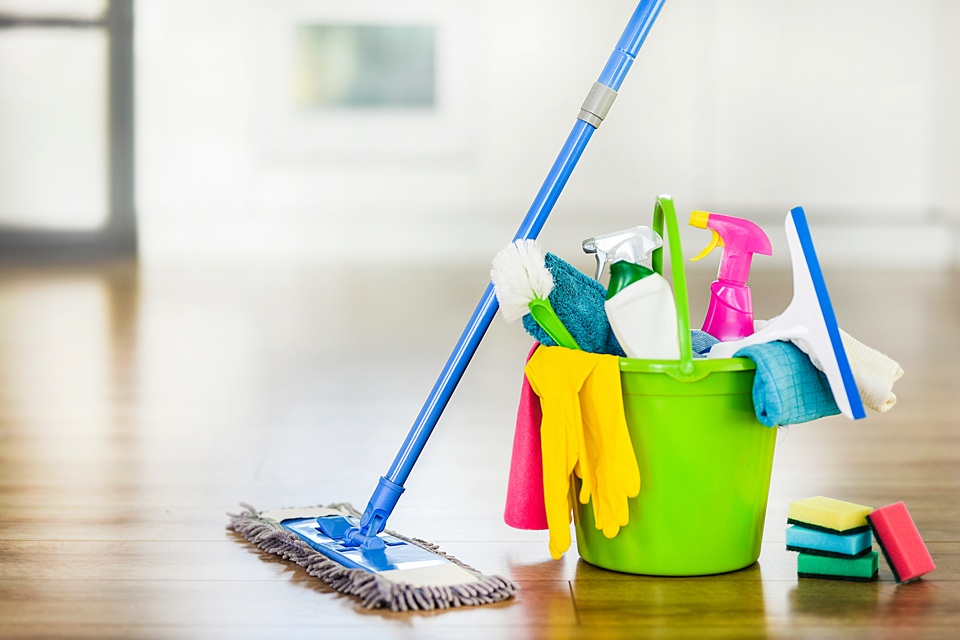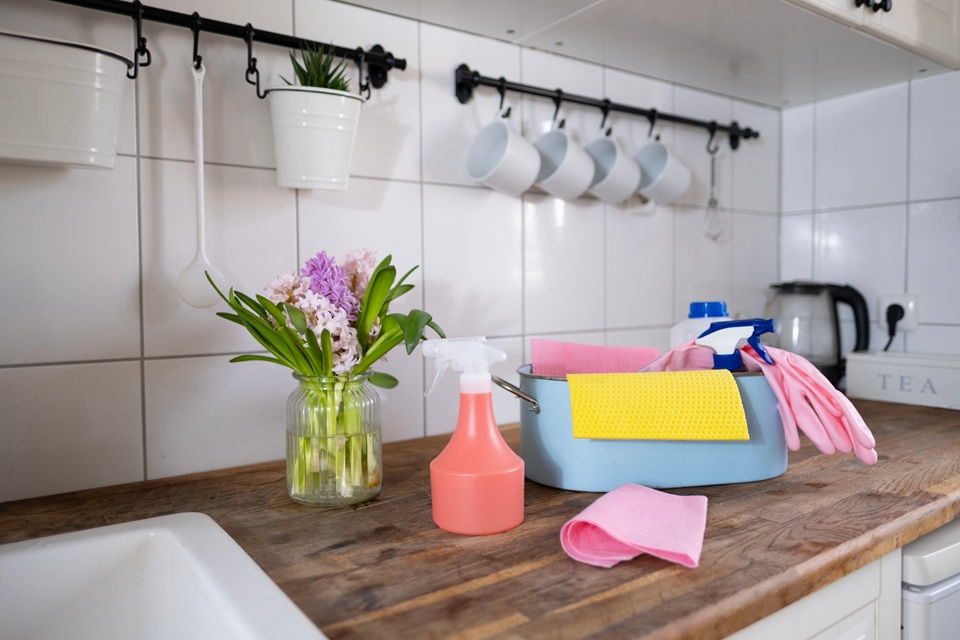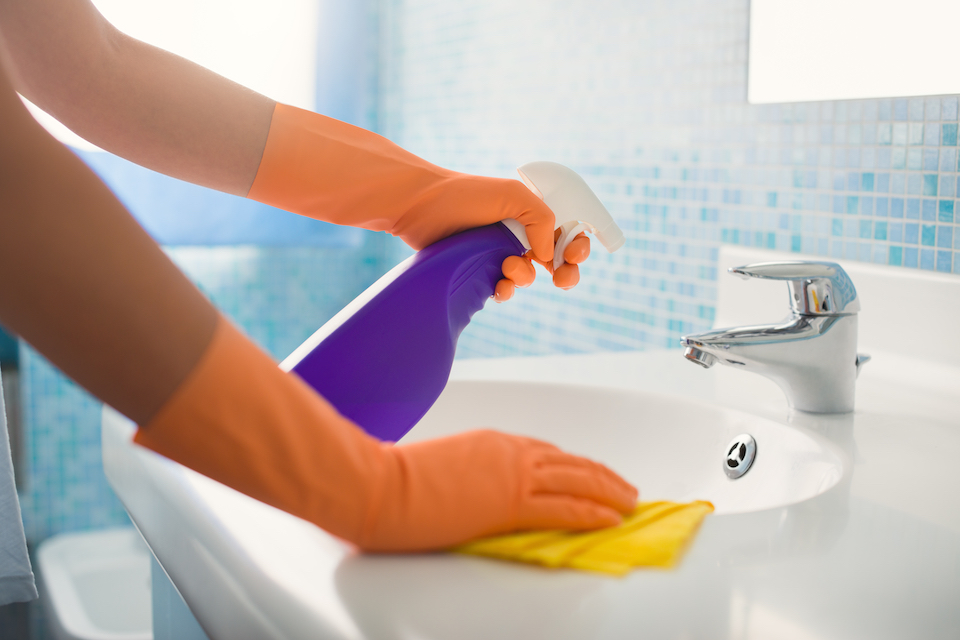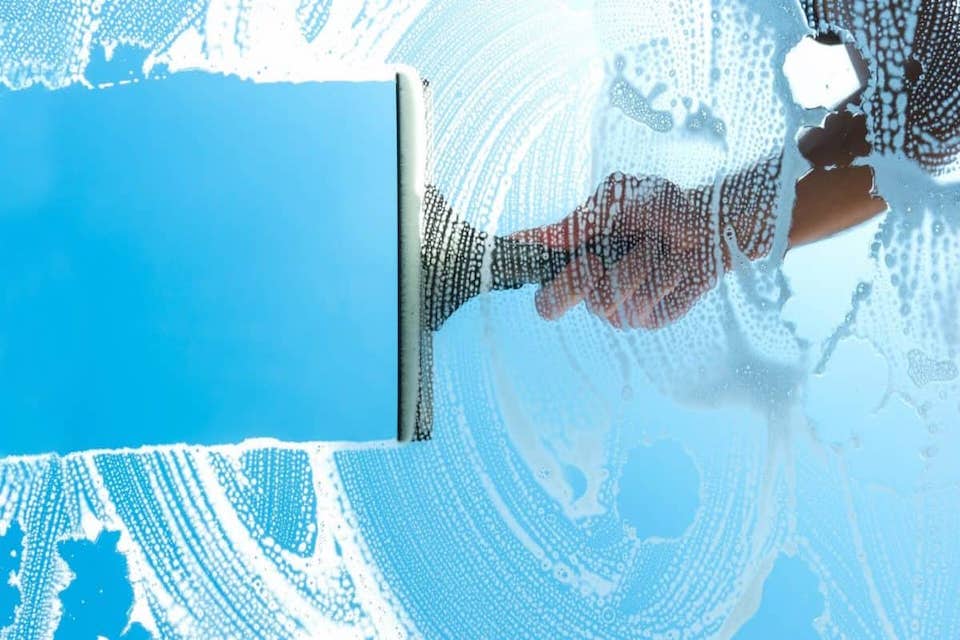There are a number of spots within our home that are a lot dirtier than we think they are and can easily become the source of bad odours and even damage our health.
We have all been guilty of neglecting these spaces from time to time, but here are some top tips from cleaning expert Joyce French at HomeHow.co.uk on areas you should be incorporating into your spring clean:
Tops of Cabinets
While most of us are hot on cleaning the front of cabinets that we can see, such as those in the kitchen, the tops are often left behind and can harbour a multitude of grease, dust, and grime. If left untreated, it can begin to smell foul and trigger certain allergies.

A great way to clean these areas is with either a grease-cutting store-bought cleaner or a mixture of warm water and vinegar scrubbed on with a microfibre cloth.
Laying down some old newspapers in the area is a useful preventative measure to put in place after cleaning as they can catch any dust and can be easily lifted away and replaced.
Stove Hoods
Due to their constant exposure to food particles and other grease formed in the kitchen, these appliances can become damaged or even stop working altogether if they are not cleaned effectively.
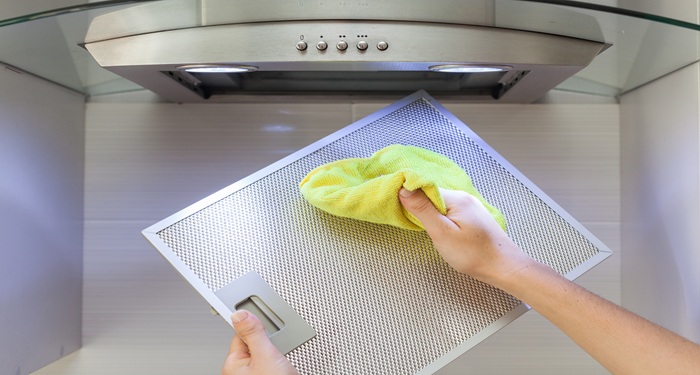
Remove the filter and soak it in warm, soapy water to get rid of any grime attached to it. Then, use a degreasing solution or a mixture of baking soda and vinegar to clean the hood and wipe it down with a clean cloth before reassembling.
Skirting Boards
These areas are often disregarded but can quickly accumulate dust, dirt and pet hair, particularly in high-traffic areas such as the living room. The areas will need frequent dusting, but if they have become built up with grease and dirt, they will require further treatment.
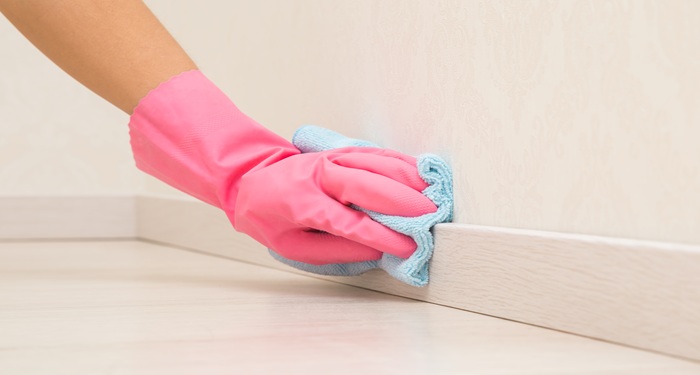
The exact treatment will depend on whether they are painted or made from natural wood or tile, but the general approach is to dust and vacuum before using a gentle mix of warm water and dish soap applied with a cloth. Wipe them down with a clean towel afterwards to ensure that they are completely dry.
Window Tracks
It is easy to notice when our windows become dirty, especially when the sun is shining brightly through. However, we may not be as aware of our window tracks, which could be harbouring mould, dead insects, and a range of other unwanted debris.
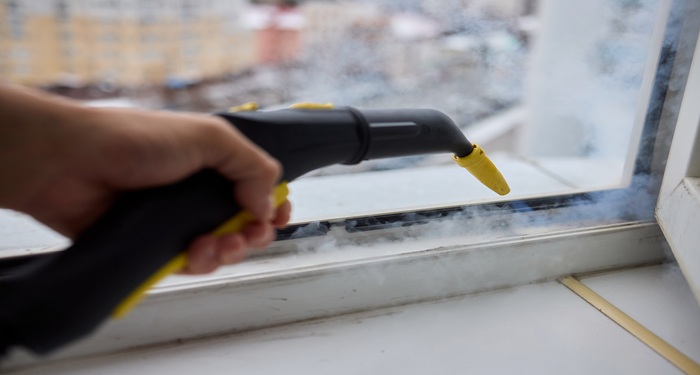
Open the window as wide as possible and wipe away any loose debris. Take a small cleaning brush or an old toothbrush, which can easily fit into the small gaps and scrub away any remaining dirt. A mixture of warm water and vinegar is ideal for loosening any stubborn dirt and grime.
Behind Appliances
When our furniture has been sitting in the same position for a long time, it is easy to forget all of the dust and debris that is falling behind them.
Behind the refrigerator and washing machine are some of the dirtiest areas within our homes and can even attract pests if left uncleaned.
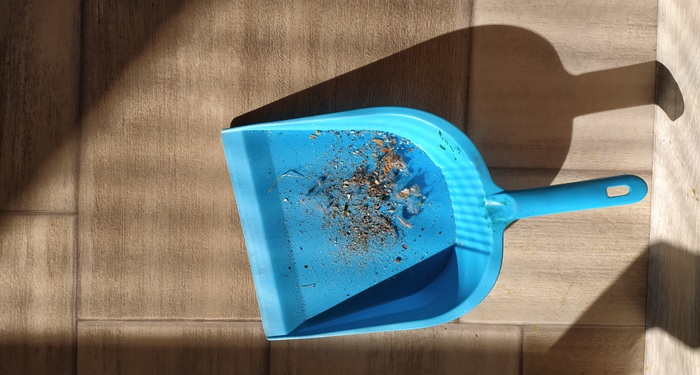
During a deep clean, these appliances should be moved to clean the area behind and underneath them. Sweep and vacuum the floor and wipe down the walls and skirting boards before pushing the appliances back into their newly freshened home.
Drains
As soon as we notice that the drains in our kitchen and bathroom sinks are beginning to drain water slowly or emit bad odour, we are quick to clean them with an unblocking solution. However, we shouldn't wait until this point, and regular cleaning can save a lot of time and money in the long run.
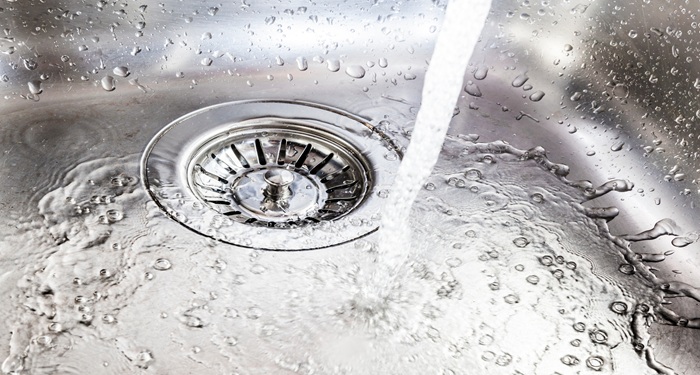
Regularly flush your drains with a mixture of baking soda and either lemon juice or vinegar. Leave it to work its magic for around half an hour before following up with hot water to prevent blockages and leave the room smelling amazing.
Curtains
Over time, curtains can collect a large amount of dust and debris. Spring and summer are ideal times for cleaning them as we are less in need of extra insulation, and they can be hung out to dry on the line for that perfect fresh scent.
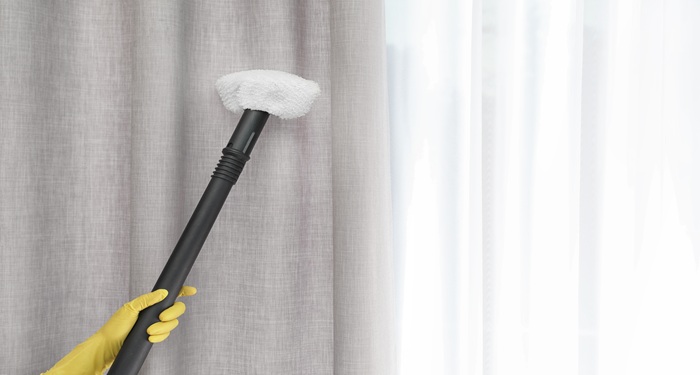
Many curtains are not washing machine-friendly, so they will be best cleaned with a damp cloth or a steamer. Handheld steamers are also a great way to spruce them up whilst they are still hanging on the rod in between your spring/summer airings.
Light Fixtures
Lights and lamps draw dust to them every time the bulb is turned on and hot, and a large amount of dust will naturally settle inside lampshades, whether on the wall, ceiling, tabletop or floor.
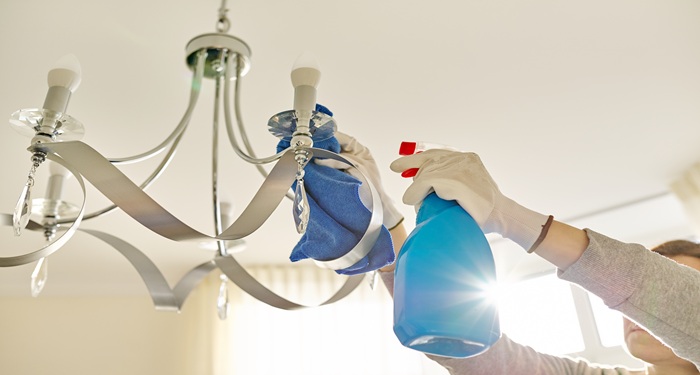
To clean them, start by turning off the power source before removing any bulbs and shades and wiping them down with a damp cloth or sponge. Use a soft-bristled brush, an old toothbrush or a lint roller to remove any dust and dirt from the fixture itself.
Final Tips
When cleaning, it is always a good idea to start with the higher areas such as walls, tops of cabinets, shelves and ceilings. As we clean, dust and dirt will drop down from these areas, so doing it in this order will save you from having to clean your floors and lower furnishings twice.
Forgetting to clean the sometimes hard-to-spot or reach areas discussed can play havoc when it comes to allergies, so it is important to attend to them regularly as well as keep our homes well-ventilated to let out any allergens and toxins.

